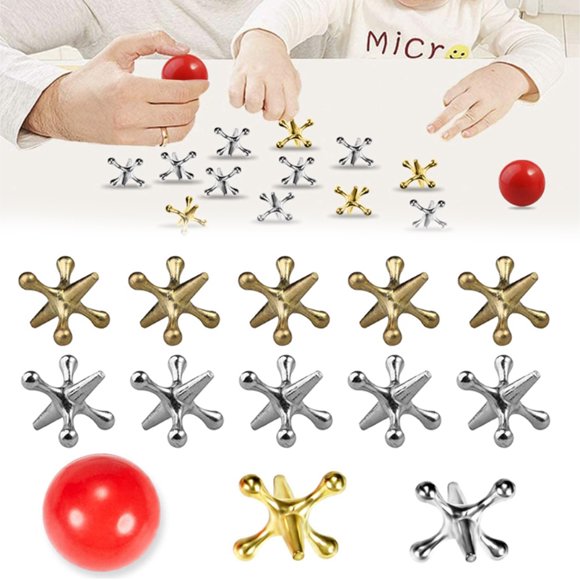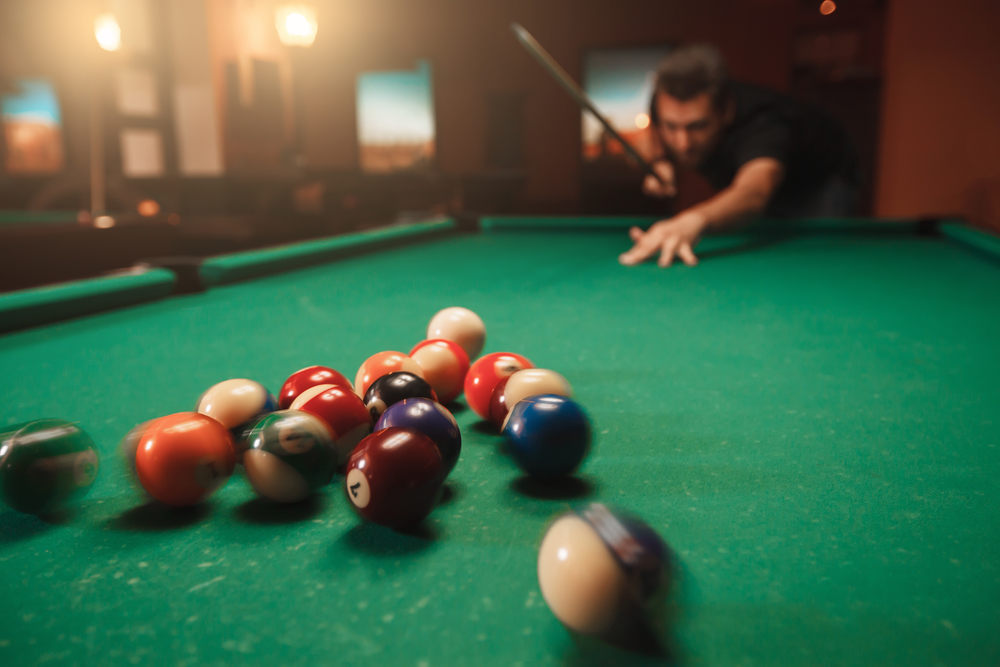
Billiards requires skill-based players to hit the cue ball at an exact angle. This allows the cue ball to travel at a certain speed and gives it a spin. But, many players do not consider angles and shoot their shots in a haphazard manner. You can spend some time learning about the various positions that you can hit your cue ball from if you are a beginner to help you get an idea of where it should be hitting.
Understanding the various angles that you have to aim for is the first and most important step in getting a grip on the game. You can avoid costly mistakes by taking the time to learn the various options and how they affect you play. Learning how to properly use each angle can help you become more confident and skilled in shooting the future.

A notepad and a pen are the best tools to help you determine your angles. Consider how the impact of each hit on the cue ball will affect the rest. Each shot should be planned out in advance. To draw back the cueball, for example, it is best to hit the ball just above its center. Don't forget to follow through.
Playing a few games is another way to gain a feel for the cueball. One option is to play pool online. You can use the web version of the game to place the cue ball and tap it with the left mouse button. Once you've got the hang of this, you can try your hand at real pool.
It is difficult to achieve the correct cue ball angle. Although it takes some trial and error, it is possible. It is important to take the time necessary to hit the ball at the right angle and to follow through properly. You will have a slim chance of getting a shot that goes well.
When it comes to hitting the cue ball, there are some other factors to consider. Although there is no magic number, you should aim for the areas where the most interference is minimal. To get the best result, you must use the correct English.

A tangent is the natural line that the cueball will follow after impact. A good tangent line should start from the center of the cue ball and run perpendicular to the direction it is moving. A tangent line is especially useful if the cueball is moving. You can also use the speed of your ball to determine the direction of your tangent line.